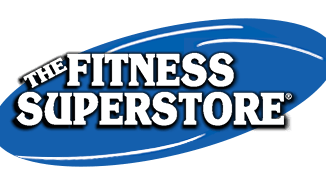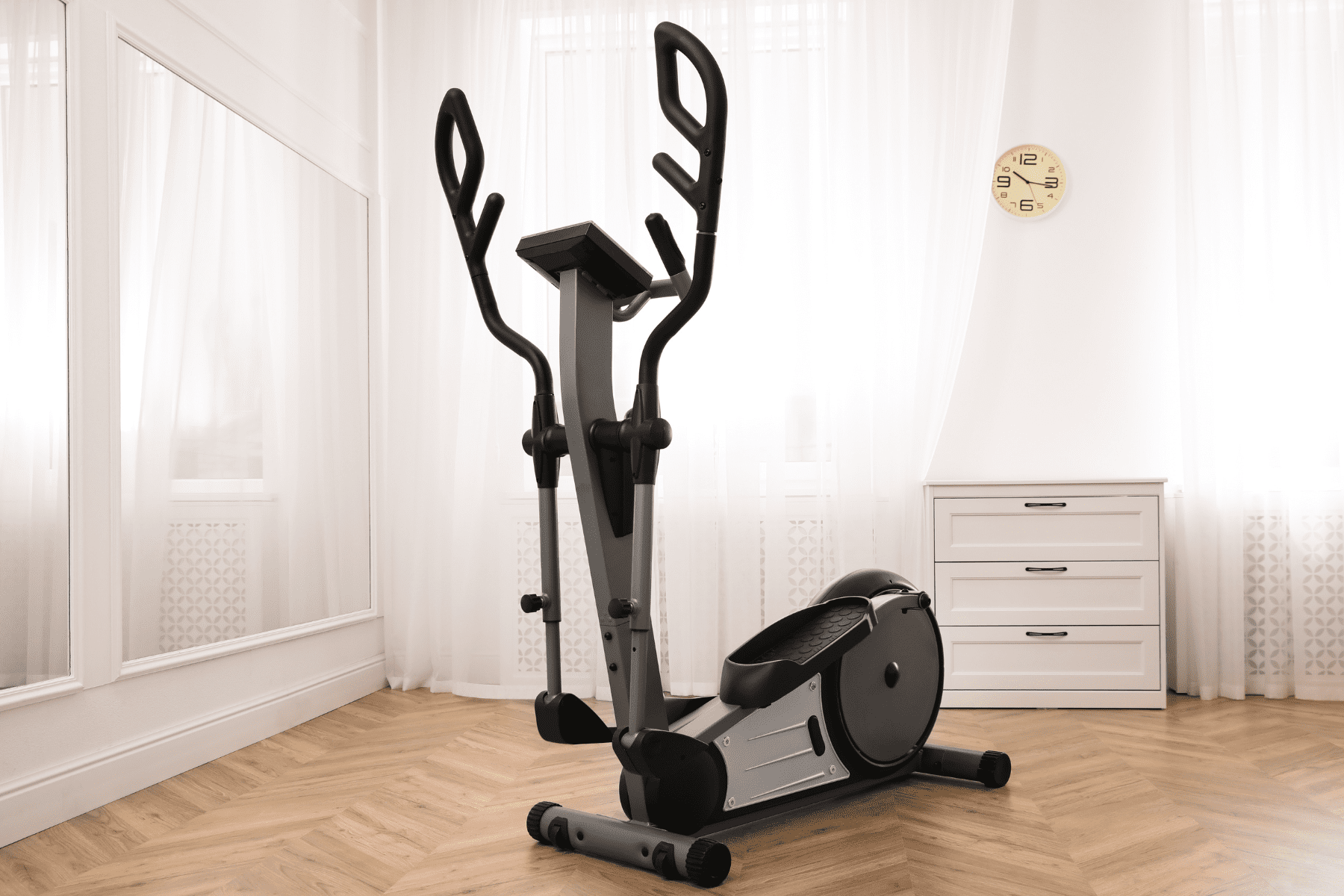Jumpstarting your fitness journey with indoor cycling is an excellent way to achieve your health goals from the comfort of your home. This guide will explore the benefits of indoor cycling, the types of equipment available, and tips for setting up your ideal home cycling space in El Paso.
What Are the Health Benefits of Indoor Cycling?
The health benefits of indoor cycling are numerous, making it a popular workout choice for individuals of all fitness levels. Key benefits include:
- Cardiovascular Health: Cycling is an excellent cardio workout that improves heart health, enhances circulation, and lowers blood pressure.
- Low-Impact Exercise: It’s gentle on the joints, making it ideal for people with arthritis or joint pain.
- Weight Management: Indoor cycling burns calories efficiently, helping you shed weight or maintain healthy body composition.
- Stress Relief: The rhythmic motion and endorphin release during a session help reduce stress and improve mood.
Consistent indoor cycling can boost endurance, improve muscle tone in the lower body, and enhance overall well-being, all from the comfort of your home.
Different Types of Stationary Bikes: Spin, Upright, & Recumbent
Choosing the right bike is crucial to creating an effective and enjoyable routine. The types of stationary exercise bikes available include:
- Spin Bikes: Designed for high-intensity workouts, spin bikes mimic outdoor cycling. They offer adjustable resistance and are perfect for interval training and sprints.
- Upright Bikes: These provide a traditional cycling experience with a compact design, making them a versatile choice for home use.
- Recumbent Bikes: Ideal for those seeking a more relaxed position, recumbent bikes have a reclined seat that provides back support, making them suitable for beginners or individuals with mobility issues.
At The Fitness Superstore in El Paso, our knowledgeable staff can help you test these options and find the one that fits your fitness goals.
Creating the Perfect Home Cycling Setup for Indoors
Creating a dedicated home cycling setup can motivate you to stay consistent. Follow these tips to make your ideal indoor cycling space:
- Choose the Right Bike: Invest in a quality stationary bike suited to your needs, whether it’s a spin, upright, or recumbent model.
- Designate a Space: Select a well-ventilated, clutter-free area in your home with enough room for movement.
- Add Comfort Features: Install a fan, a water bottle holder, and a mat to stabilize your bike and protect the floor.
- Entertainment Options: Set up a TV or tablet to stream cycling workouts or listen to music for added motivation.
- Track Your Progress: Use a fitness tracker or the bike’s built-in monitor to measure performance and stay motivated.
Indoor Cycling Workouts To Start With
Begin your routine with these simple yet effective cycling workouts:
- Endurance Ride: Maintain a steady pace for 30-45 minutes to build stamina and improve cardiovascular health.
- Intervals: Alternate between high-intensity sprints and recovery periods for 20-30 minutes to burn calories and boost metabolism.
- Hill Climb: Increase resistance for 5-10 minutes at a time to simulate climbing and build lower-body strength.
- Cool Down & Stretch: End every session with a 5-10 minute cooldown ride and stretches to prevent soreness.
These workouts are easy to customize based on your fitness level, making them perfect for beginners and experienced cyclists alike.
Visit The Fitness Superstore, a leading fitness equipment store in El Paso, to explore our wide range of stationary bikes, including spin, upright, and recumbent models, and create your dream home-cycling setup. Our expert staff is here to guide you through selecting the best equipment and getting started. Contact The Fitness Superstore today or shop online to take the first step toward a healthier, more active lifestyle!







